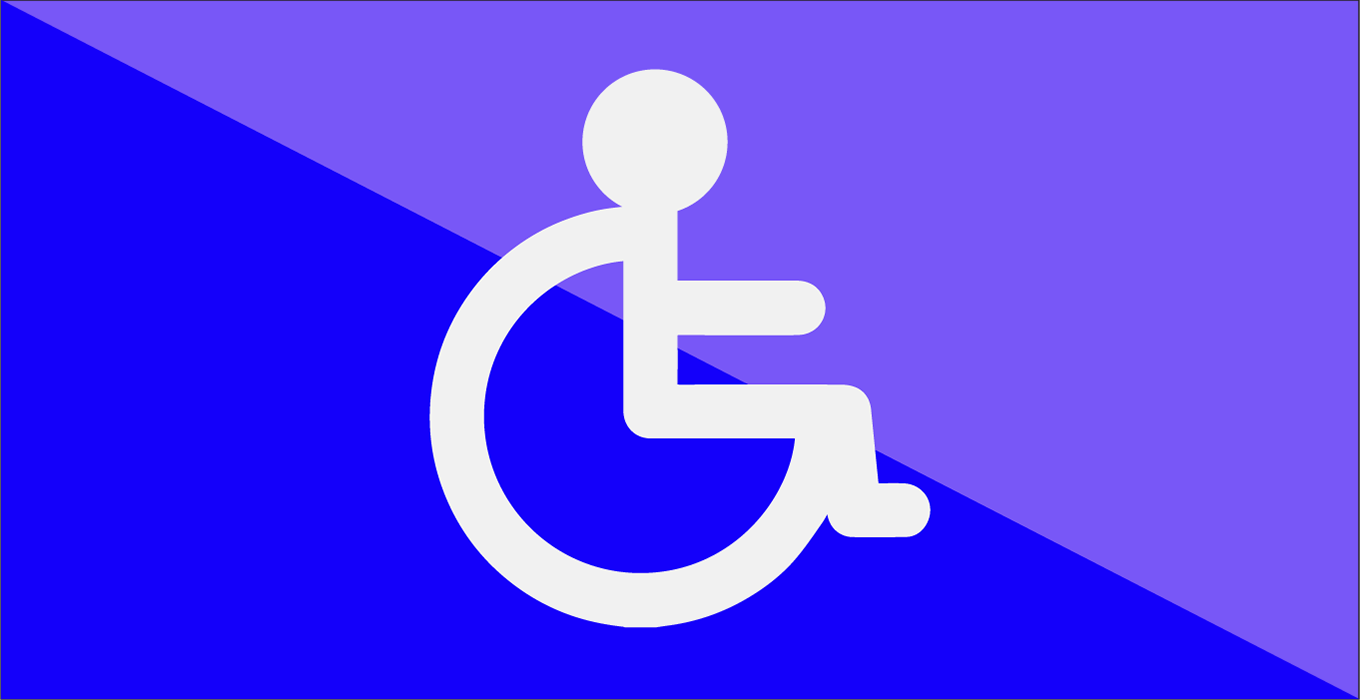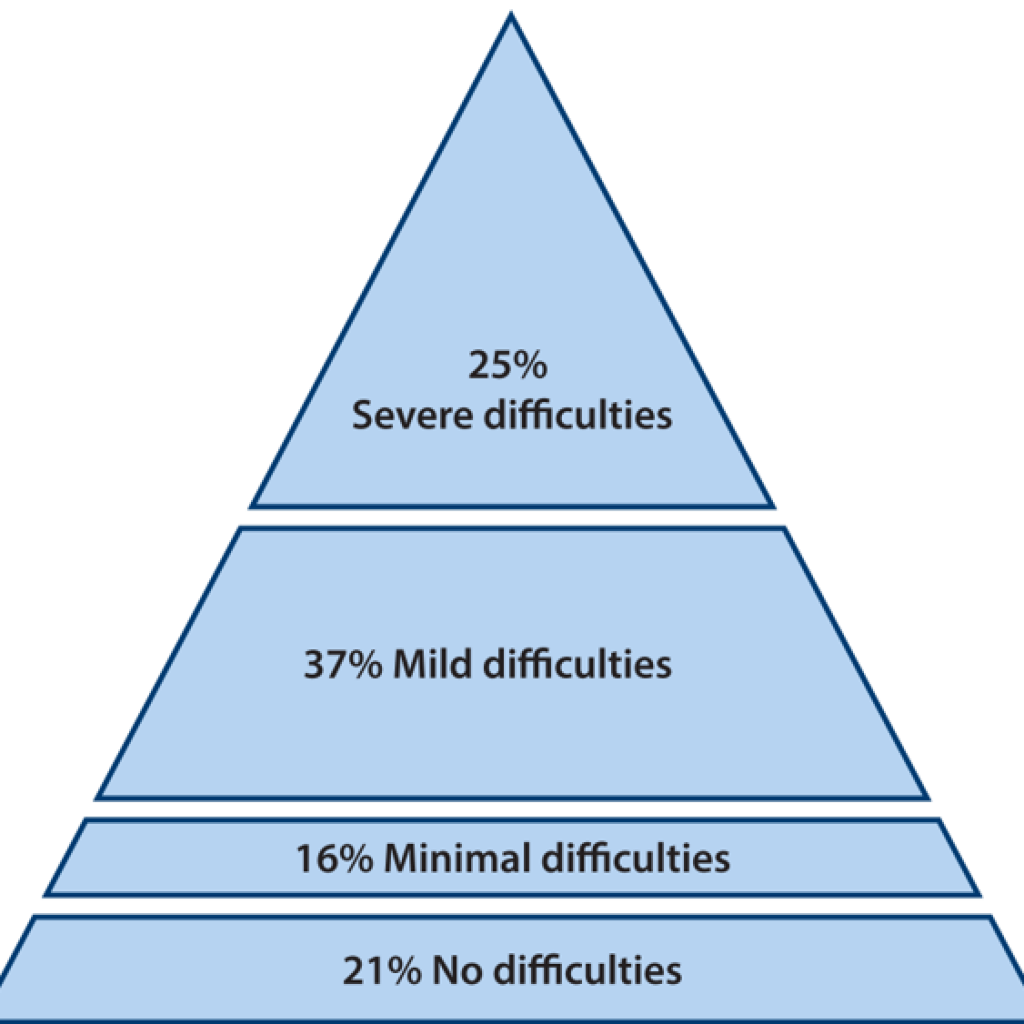
BLOG
Beyond “Pink It and Shrink It”: What is Inclusive Design?
written by rebecca apostoli, former chief people officer at mistywest
Have you ever had an interaction with a piece of technology- be it hardware, software or even a basic household tool, and been struck by the ease or simplicity with which it helped you accomplish your goal? Every day we interact with good design and in most cases we’re not even aware because the experience is seamless.
But for a segment of the population this is not the status quo. For many, even basic daily tasks become impossible or highly challenging due to the default way that products and experiences are designed. This is where inclusive design enters the picture.

The pyramid model presents a continuum of population diversity. The prevalence data and definitions of difficulty levels are drawn from the Microsoft (2003) survey. Source: Inclusive Design Toolkit “What is Inclusive Design?”
In design and engineering the “heritage of accessibility” as it’s often called, refers to old school modalities of universal design—which usually involved incremental adaptation, or accessibility features tacked on as an afterthought. This “one size fits all” thinking stands in stark contrast to the relatively new concept of inclusive design – which is a framework that informs the design process from start to finish.
Inclusive designs follows “one size fits one” thinking. It changes and molds to the user and the way they interface with the world or the experience. Starting with the inclusion of people who are most often excluded, it turns the failures of universal design thinking on their head and allows for a more even application of design principles.

This concept is important, because as humans we all have implicit biases. Designers may consciously and unconsciously allow those biases to inform how they design things, products, experiences and services. Sometimes these individual sensibilities inform design process for better, but more often, they result in the alienation and exclusion of certain user groups.
While the basic premise behind inclusive design is to design products that are usable by the greatest number of people, that doesn’t necessarily mean meeting every accessibility standard for every group, which would be impossible. It means designing your product or service with an understanding of who could be excluded based on the design choices you make, and/or seeking to be useful to communities that traditionally are overlooked by conventional design principles.
But why should we care about Inclusive Design?
Designing with a diversity of ways in which people may participate in an experience contributes to a greater sense of belonging overall and in specific spaces. Understanding how and why whole groups of people are excluded is key and can lead to more compassionate and unified societies. And finally, more widely useable products result in a broader consumer audience and higher demand for well-designed products.
The biggest way we’ve seen inclusive design theory at play in the 20th century is in allowing people with physical or other disabilities to use and enjoy the every-day products and services an able-bodied person may take for granted. More recently, inclusive design theory has expanded to consider other often excluded groups including women, gender non-conforming people and elders.

Credit: Sami Mititelu, unsplash
A special thanks to Dr. Margaret Burnett, who joined the MistyWest team for a meetup to demonstrate how we can integrate Inclusive Design principles into our design and engineering processes at MistyWest. If you’re curious about the practical applications of Inclusive Design, and specifically Gender Inclusive Design, you might be interested in Dr. Burnett’s GenderMag tool.